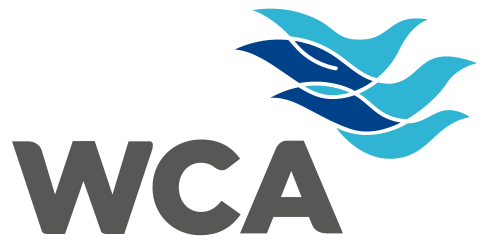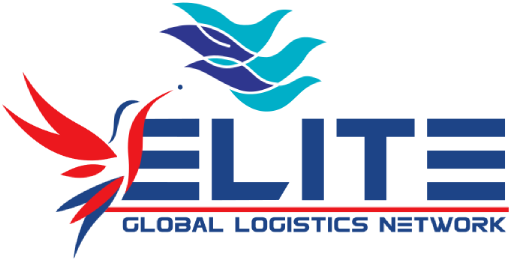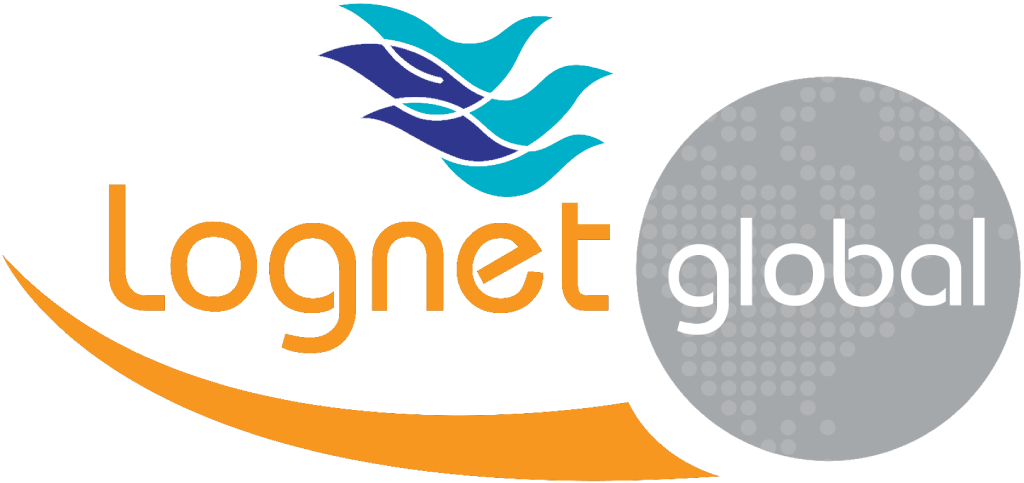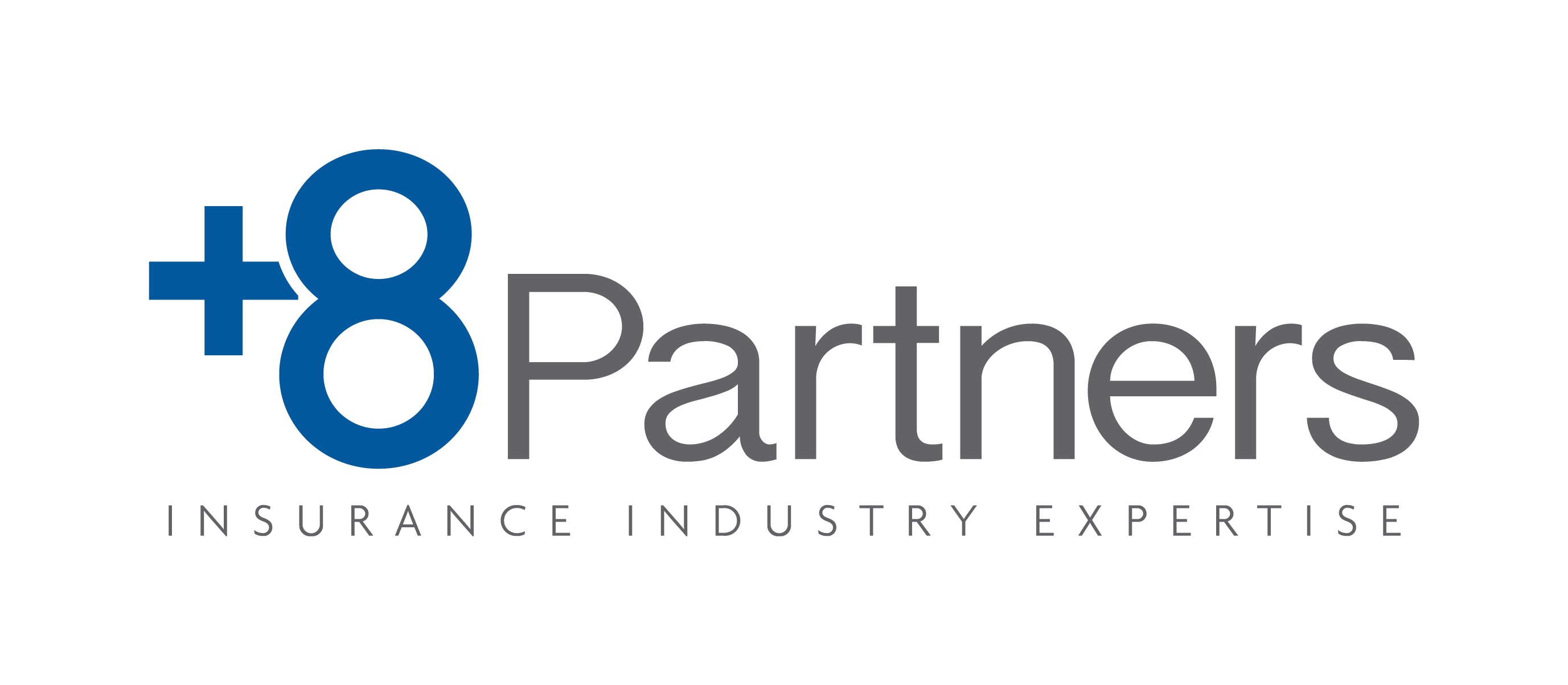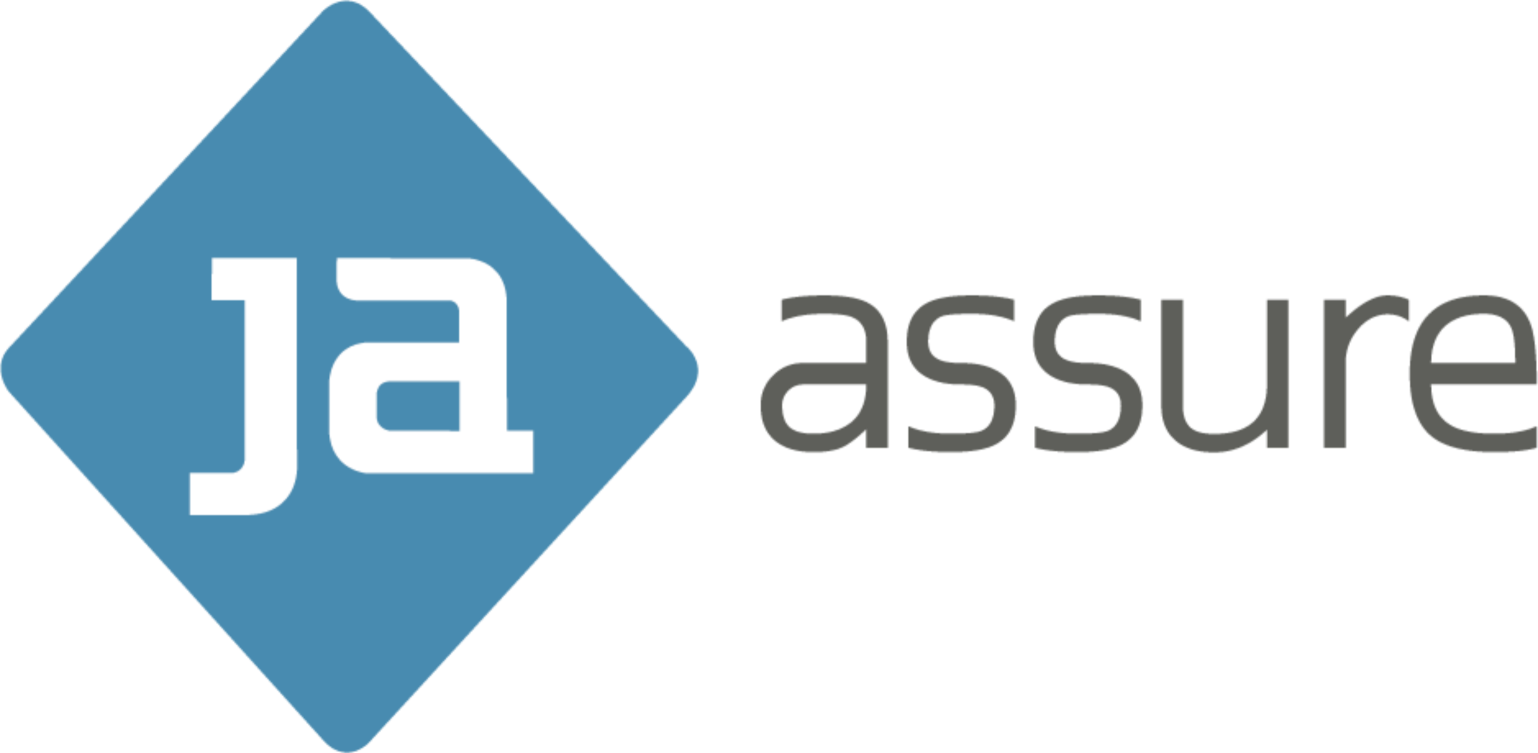You’re probably familiar with what ‘premiums’ are and have a working knowledge of the concept of ‘financing’.
But what is ‘premium financing’? And, is it an option for you?
Life insurance premium financing is a strategy used by high-net-worth individuals, business owners, and entrepreneurs to buy life insurance.
Premium financing is a ‘funding method’. It’s not a life insurance policy. Nor is it a way to obtain ‘free’ or ‘cheap’ insurance.
By financing the majority of the upfront cost of a life insurance policy, individuals and entities don’t have to cash in or sell assets to pay the whole cost of life insurance upfront.
Before committing to this type of funding method, it’s essential to consider all options and associated risks thoroughly.
The concept
Premium financing is an insurance funding arrangement whereby a customer (an individual or business) purchases a life insurance policy and finances the payment of the premiums under the policy using a loan facility provided by a lender. The customer assigns the life insurance policy to the lender as collateral for the loan.
In entering into a premium financing arrangement, a customer is exposed to risks associated with the loan facility, which may adversely affect the insurance coverage and benefits to be received under the policy.
The bank loan is repaid using policy cash values, life insurance death proceeds, other outside assets, or a combination of these in the future.
Premium financing provides life insurance protection while minimizing current disruption to cash flow.
Is premium financing suitable for you?
As is the case with any other loan or financing arrangement, borrowing money to pay life insurance premiums comes with several risks to consider, and these generally fall into three categories:
Lending Risks: These are almost always associated with loan interest rates but may also come from changes to other terms. For instance, a change in loan duration or repayment terms can make a premium loan less desirable.
Qualification Risks: These are related to the insured’s net worth, liquidity and posted collateral (real estate, stocks, other assets or investments). If, for example, net worth fell or the collateral was insufficient or moved, so it was improperly held, it may not be easy to obtain future premium loans. Or the outstanding loan could be called. Also, other factors such as the lender’s underwriting standards or changes in regulatory requirements could come into play.
Policy Earnings Risk: These involve changes to the performance of the life insurance policy. While a policy can perform better than predicted, it can also fail to meet expectations. For example, if the policy’s cash surrender value underperforms, the loan balance could exceed the collateral value. Then the insured would need to provide more collateral to avoid default. Also, if the death benefit fails to grow, the policy could provide less coverage than expected when the loan is finally satisfied. In the worst case, the insured’s estate would have to repay the loan if the death benefit could not.
Understanding premium financing
Premium financing is not for everyone. Whether you’re looking to provide your family with sufficient protection or use the policy as a legacy planning tool, buying insurance through a premium financing arrangement can give your funds added mobility and help you realize your protection and wealth goals. But it also involves borrowing, incurring interest payments, losing your rights under the policy and other risks.
Regulated activities relating to premium financing of long term insurance policies
Findings of a joint inspection exercise by the Insurance Authority (IA) and the Hong Kong Monetary Authority (HKMA) on the standards for insurance intermediaries and insurers relating to premium financing of long term insurance policies in Hong Kong (the Circular) were published on 30 September 2021.
The key observations are summarized below:
Customers’ affordability: The IA and HKMA observed that the impact of premium financing on the customer’s ability to afford the life insurance policy was sometimes not adequately considered as required under the Guideline on Financial Needs Analysis issued by the IA.
However, some intermediaries had set an internal threshold for affordability. They won’t proceed with an insurance application if the total premium of the proposed policy, together with the total interest payments under the premium financing facility, exceeds a certain percentage of the customer’s liquid assets or disposable income. Thus avoiding the issue of over-leveraging via premium financing.
Risk disclosure: Premium financing involves customers assigning their rights and benefits under the proposed policy as collateral to receive financing from the lender. The IA and HKMA expect the customer to fully understand the risks, limitations and consequences arising from collateral assignment before purchasing a policy through premium financing.
Examples given by the IA and HKMA of the key terms and risks of premium financing that a customer needs to be made aware of before purchasing such a policy are:
- the definition of ‘premium financing’ and that the premium financing arrangement is not part of the insurance policy contract;
- the customer may be subject to various risks such as exchange rate risk, credit risk and early surrender risk as a result of the use of premium financing arrangement, which may result in financial loss or reduction in benefits; and
- the impact on the customer’s rights to cancel the policy within a cooling-off period.
Before applying for premium financing, assess your financial needs and stay up-to-date on market conditions that may impact the risks associated with this type of financing to ensure it will provide the benefits you intend.
Always consult a licensed professional for advice concerning your situation and the general regulatory requirements for insurance policies in Hong Kong.
CONTACT US
Contact us today for more information on premium financing and a complimentary gap analysis of your current life insurance plan to ensure your needs and goals are met.
The information provided here is for information only and is not investment, tax or financial advice.





